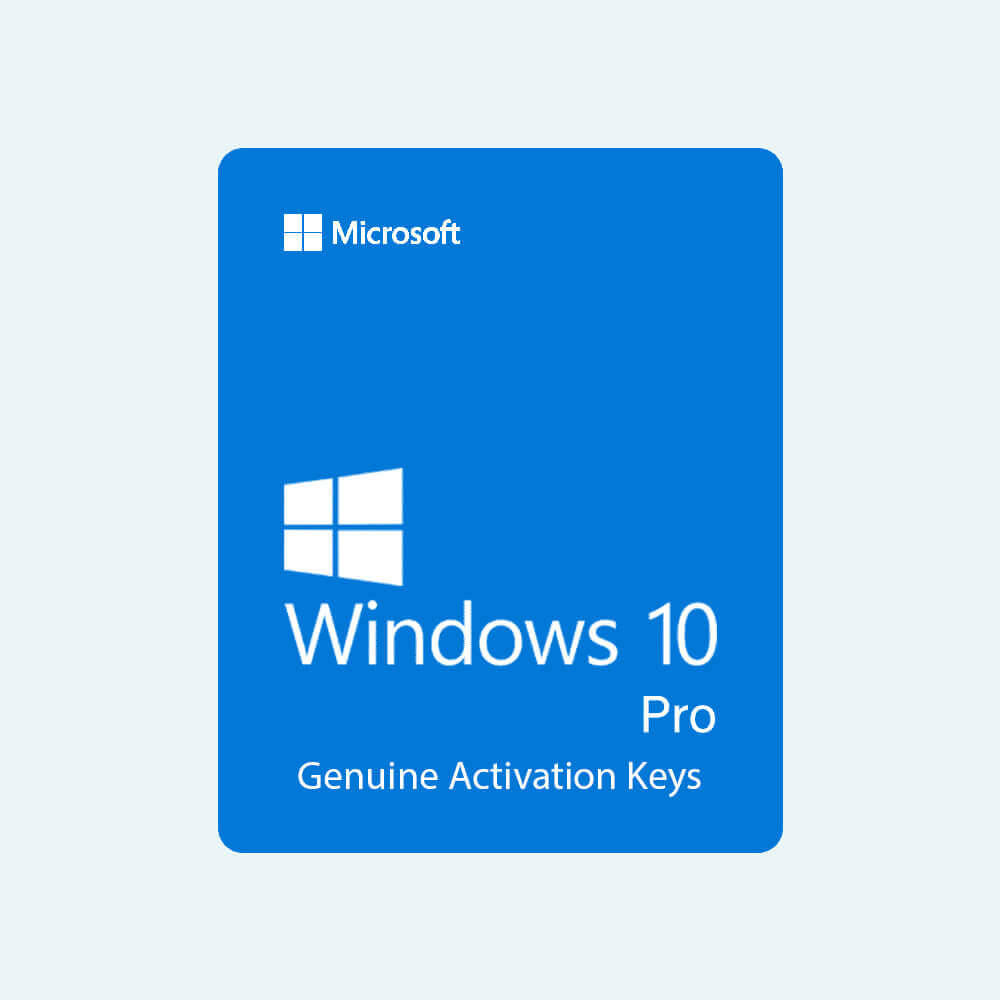

(1) The diagram shows an example configuration with five users sharing a single computer running Windows MultiPoint Server.įor further details on Microsoft’s multi-user licensing please refer to Microsoft’s website and licensing brief titled: " Licensing Windows Client and Server Operating Systems in Multiuser Scenarios"ġ:1 Virtual Desktop Infrastructure (VDI): A single user accessing a virtual instance of an operating system hosted on a server In addition a Microsoft Windows Server Client Access License (WS CAL) and a Microsoft Remote Desktop Services Client Access License (RDS CAL – formerly known as a Microsoft Terminal Services Client Access License or TS CAL) are required for each end-user or device that accesses Windows Server (and for the host computer if the host computer is used as a user station).Īlso, Microsoft's Windows Multipoint Server can be used and instead requires a Windows MultiPoint Server CAL (WMS CAL) for each access device (and for the host computer if the host computer is used as a user station). This means that the shared host computer (or virtual machine) runs a Microsoft Windows Server operating system.

Multi-user Single OS: Multiple simultaneous interactive users sharing a single operating systemįor applications where multiple interactive users are simultaneously sharing a single operating system, standard Microsoft Windows Server licensing applies.


 0 kommentar(er)
0 kommentar(er)
